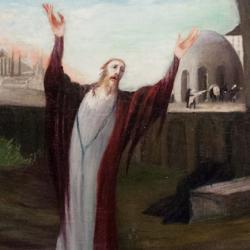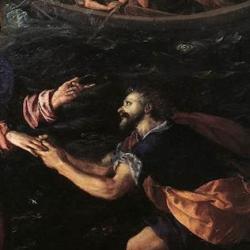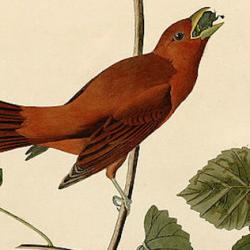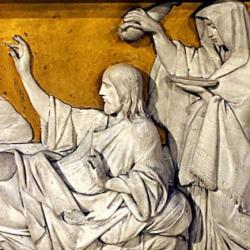INTRODUCTION
Herod Antipas, the third Herod to appear in Matthew (cf. 2:1-18, 22), is as murderous as the others. He rules a kingdom of death, while Jesus brings life and healing ( -15, 34-36).
THE TEXT
“At that time Herod the tetrarch heard the report about Jesus and said to his servants, ‘This is John the Baptist; he is risen from the dead, and therefore these powers are at work in him.’ For Herod had laid hold of John and bound him . . . .” (Matthew 14:1-21).
STRUCTURE
Matthew 14 consists of basically two sections. Verses 1-12 are a unit, a flashback to the story of John’s death. Verses 13-36 are also a unit, framed by references to Jesus ministry of healing. Though the sermon text cuts into this second unit, examining verses 1-21 is valuable because it vividly highlights the contrast between Herod and Jesus.
Herod thinks Jesus is John redivivus . That’s almost true. John’s ministry prepares for Jesus’, and John’s death foreshadows the cross. Both are seized and bound (14:3; cf. 26:4; 27:2). Herod fears the people because they think John is a prophet (14:5), just as the Jewish leaders fear the people’s enthusiasm for Jesus (21:46). Herod hesitates to kill John (14:9), as Pilate tries to get out of killing Jesus (27:1-26). Herodias, Herod’s wife, figures into the story (14:3, 8, 11), and so does Pilate’s (27:19). John is the last and greatest of the Old Covenant prophets, and Herod, like Ahab, is a king who kills prophets. His death points ahead in the story to the death of One greater than all prophets.
Pleased with the dance of Herodias’ daughter at his birthday feast, Herod swears to give her whatever she asks, and eventually gives her John the Baptist’s head. John’s head is the last course at Herod’s banquet; he is a cannibal king who devours the prophets. King Jesus is the opposite. In a desolate place far from the palace, Jesus heals the sick (v. 14). When the people need food, Jesus provides it (vv. 15-20). Herod devours his people; Jesus feeds His. We can note several things about the feeding of the five thousand. First, Jesus provides food in a desolate place (v. 15), reminding us of Yahweh’s provision of manna in the wilderness. The five thousand are a new
Finally, in feeding the five thousand, Jesus goes through the actions of the Last Supper: He takes break, blesses it, breaks it, and distributes it (v. 19; cf. 26:26-29). Just as John’s death foreshadows Jesus’, so Jesus’ feeding of the five thousand anticipates the perpetual feast of the Eucharist.











